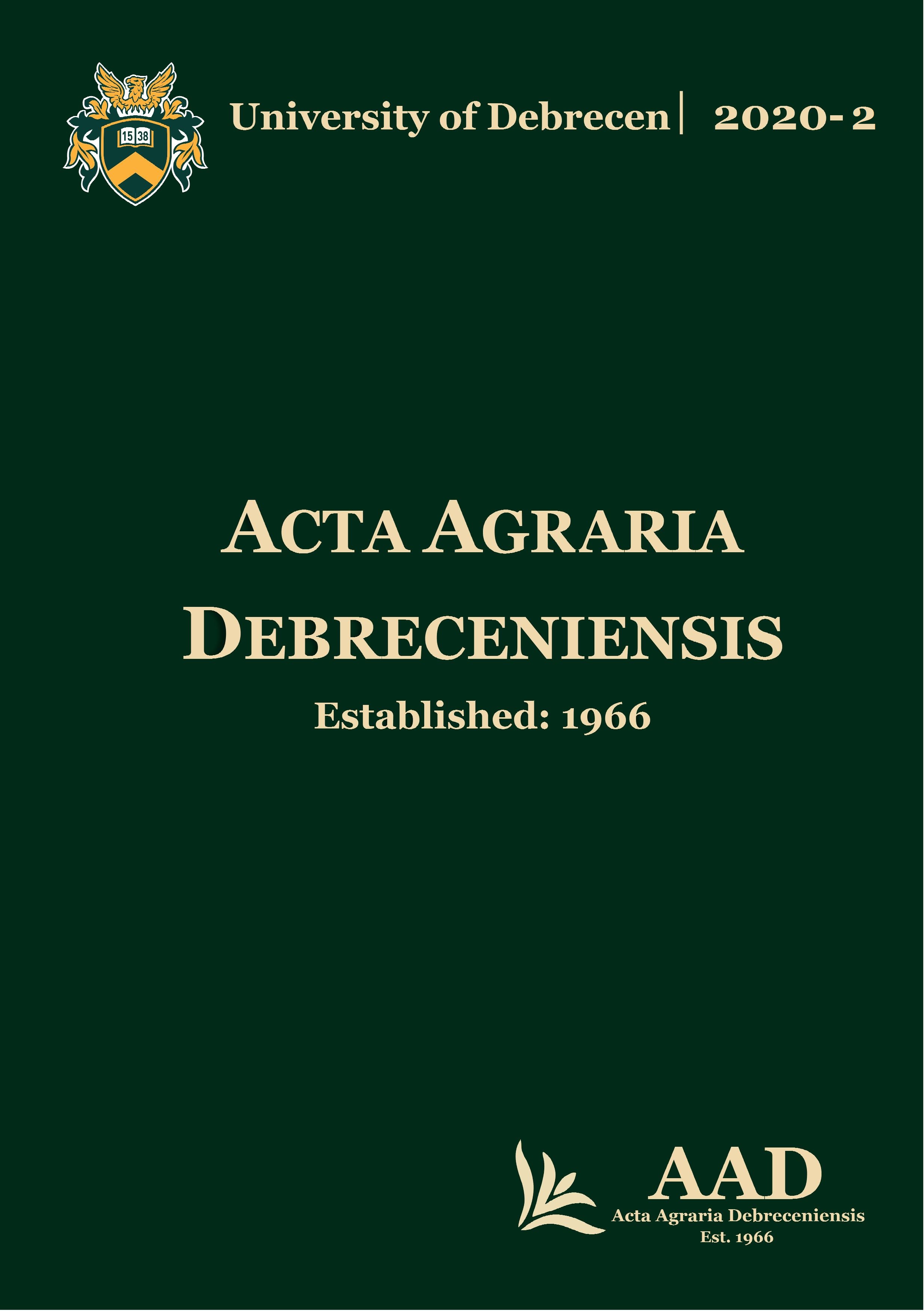Comparison of the geranium (Pelargonium) pathological results of 2016-2017
Authors
View
Keywords
License
Copyright (c) 2020 by the Author(s)

This work is licensed under a Creative Commons Attribution 4.0 International License.
How To Cite
Accepted 2020-07-28
Published 2020-12-01
Abstract
The research was carried out in a Gyenes Flower gardening between 2016 and 2017 in Kecskemét. The gardening was founded in 1978. Initially, the main plants were gerbera (Gerbera) and yucca (Yucca), later replaced by the geranium (Pelargonium) cultivation as a result of market demand. In horticulture, there are about than 80 variety geranium of the standing, running, semi-trailer types and English gnawing. The Pelargonium had different sizes and colors. The study was set up in 1,000–1,000 pieces of geraniums each year. The following pathogens have damaged the geranium stock: Botrytis cinerea, Pythium debaryanum, with a rare occurrence of Alternaria porri, Phytophthora cryptogea. The greatest destruction was caused by botrytis (Botrytis cinerea). In the first experimental year, 42% of the 1,000 geraniums tested were infected with fungal diseases (30% B. cinerea, 8% P. debaryanum, 4% other fungi). In 2017, fungal infections were detected on 380 geraniums in the 1,000 tested geraniums (290 Botrytis cinerea, 70 Pythium and 20 other fungal diseases). In addition to the use of fungicides, we increased the spatial position of geraniums, early irrigation and frequent ventilation to ensure successful control. By 2017, we were able to reduce the damage caused by pathogens by 4 percent.

 https://doi.org/10.34101/ACTAAGRAR/2/5749
https://doi.org/10.34101/ACTAAGRAR/2/5749